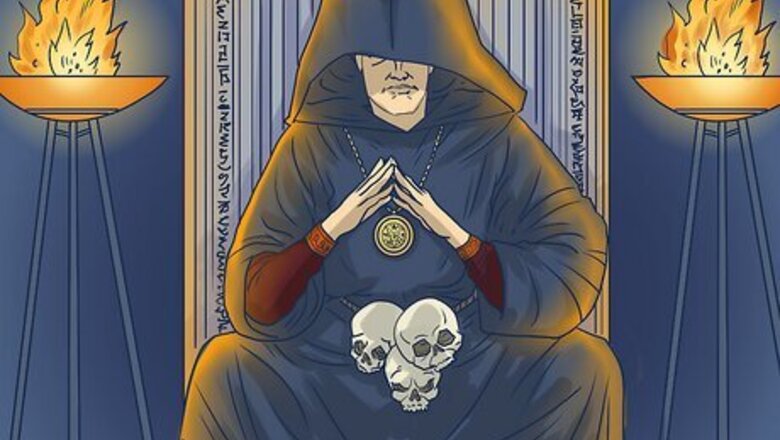
views
Disclaimer: Be mindful of potential spoilers for several popular franchises in the “Neutral Evil vs. Other Alignments” and “Neutral Evil Characters” sections.
Neutral Evil Meaning
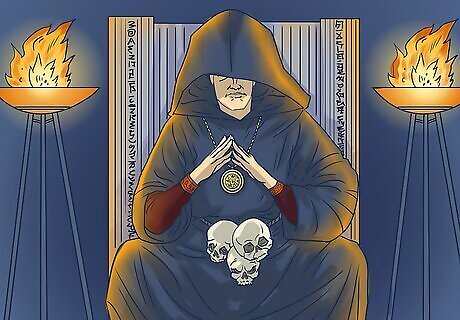
Neutral Evil characters are self-serving and follow an evil moral code. Don’t let the word “neutral” fool you—Neutral Evil characters are evil, through and through. They’re in it entirely for themselves, and don’t care about who they trample over to achieve their goals. Unlike Lawful Evil characters, Neutral Evil villains don’t follow any specific set of rules or codes when making decisions. Unlike Chaotic Evil characters, Neutral Evil villains are comfortable participating in an established system/organization if it helps them achieve their goals.
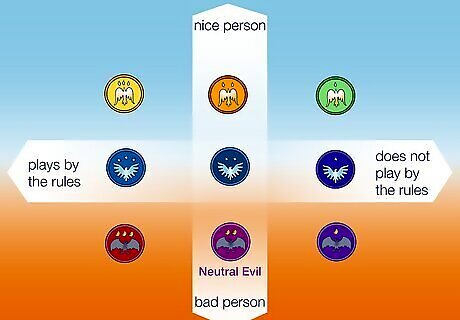
Neutral Evil is one of the 9 character alignments in D&D. In the roleplaying franchise Dungeons & Dragons, players often choose a “moral alignment” for their character, which is a moral code for how they choose to view and interact with the in-game universe. Neutral Evil is one of 9 total alignments used to classify fictional characters, both in a D&D and non-D&D capacity. For character alignments, it helps to envision a 3 by 3 chart: the top row has “good” alignments (Lawful Good, Neutral Good, and Chaotic Good), the middle row has “neutral” alignments (Lawful Neutral, True Neutral, and Chaotic Neutral), and the bottom row has “evil” alignments (Lawful Evil, Neutral Evil, and Chaotic Evil).
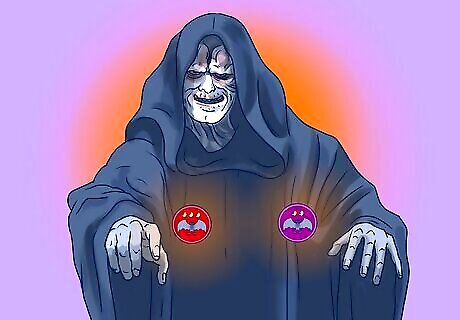
Neutral Evil characters tend to fit into multiple categories. There are countless ways to be selfish and evil, and not all villains fit squarely in the Neutral Evil box. Some characters may fall into Lawful Evil or Chaotic Evil territory, while others (like anti-heroes) may even venture into Chaotic Good or Chaotic Neutral. For example, Emperor Palpatine from the Star Wars franchise could be classified as Lawful Evil for the role he plays in recreating the Sith order, though his motivations are arguably more Neutral Evil.
Neutral Evil vs. Other Alignments
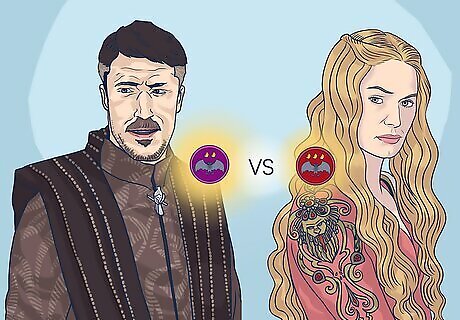
Neutral Evil vs. Lawful Evil Lawful Evil characters are often part of an evil organization and follow the values and codes within said organization. Their goals and motivations are typically linked to their evil affiliations, while Neutral Evil characters are more independent. In Game of Thrones, Cersei Lannister exemplifies Lawful Evil as she commits unspeakable acts in defense of her family, House Lannister. Littlefinger, however, is a known manipulator with his own motivations (which eventually get him killed at the hands of House Stark).
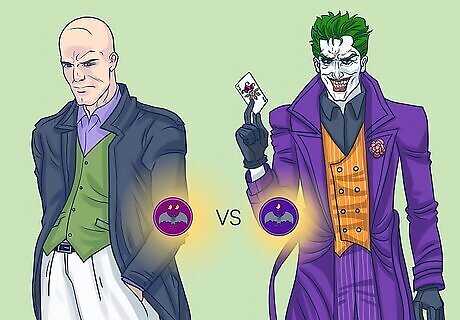
Neutral Evil vs. Chaotic Evil Neutral Evil characters are content to take whichever path leads them to success, even if it means working as part of a group or with an established organization. Chaotic Evil villains, on the other hand, prefer to operate more on the fringe. Think of it this way: Neutral Evil characters might be willing to follow the rules if doing so benefitted them in the long run, while Chaotic Evil characters don’t really care about established rules. In the DC universe, Lex Luthor is a well-known antagonist with his own goals and motivations. However, he often works within the set system of his world to accomplish his goals, like becoming President. The Joker, however, operates on a platform of anarchy and chaos (remember the money burning scene in The Dark Knight?), making him the poster boy for Chaotic Evil.
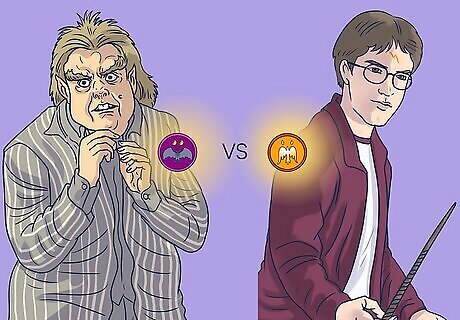
Neutral Evil vs. Neutral Good Neutral Evil and Neutral Good are similar in that they don’t operate within the codes of an organization, and that they don’t play completely outside the lines. That’s where their similarities end, though: Neutral Good characters are dedicated to making the world a better place, while Neutral Evil characters are entirely self-serving. The titular protagonist of the Harry Potter franchise is a great example of a Neutral Good character as he battles against the growing threat of Lord Voldemort. Meanwhile, Peter Pettigrew, an antagonist from the same franchise, made the decision to betray Harry’s parents, and had Sirius Black take the fall for his crimes.
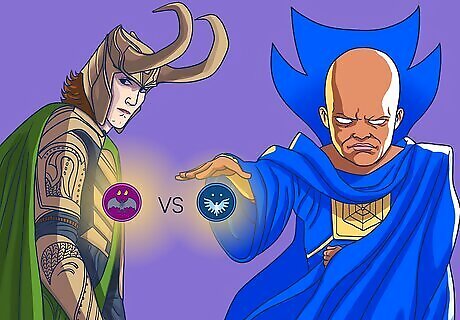
Neutral Evil vs. True Neutral Neutral Evil characters are focused on putting themselves first and achieving their goals, while True Neutral characters prefer to take a step back and watch events unfold (or they simply don’t care about how events unfold). True Neutral characters rarely take a stance, while Neutral Evil characters are focused on themselves. Specifically in The Avengers (not other Marvel movies or TV shows), Loki takes a Neutral Evil stance as he selfishly tries to take over the planet. In the Marvel series What If…?, the Watcher acts as a neutral observer recounting events within the multiverse (until the end of season 1).
Playing a Neutral Evil Character in Dungeons & Dragons
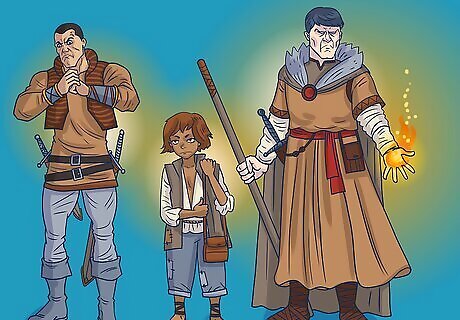
Give your character meager beginnings. Your character’s background can play a key role in why they act the way they do. You might consider a background like: Criminal: You’re a child or apprentice of a well-known criminal/bandit, and you’re trying to fill their shoes. Urchin: You’re a former street rat who’s climbing their way to the top. Folk Hero or Sage: You’re obsessed with power and want to become invincible.
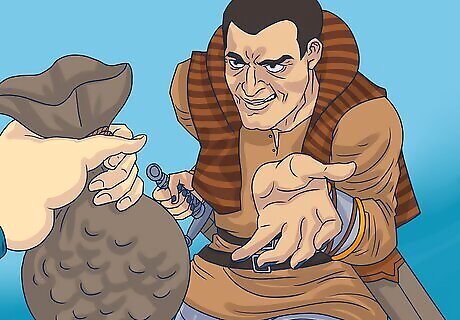
Give your character selfish motivations. What’s your character’s reason for existing in this universe? What goals are they trying to accomplish? Giving your character some really greedy, self-serving goals can really solidify their Neutral Evil nature. Maybe they’re striving to take power within the campaign’s universe, or they’re trying to collect as much money as possible.
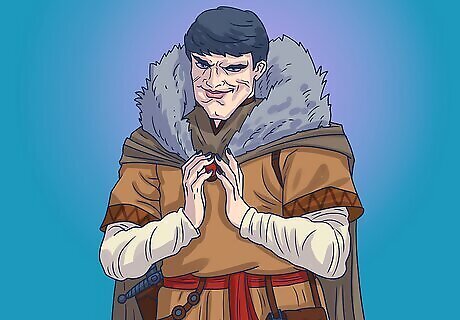
Make your character manipulative. Neutral Evil characters are happy to use and abuse the people around them if it advances their own agenda, so don’t be afraid to have your character to do the same! Lie and cheat your way to new heights as you meet new characters throughout your campaign. Talk with your DM about your options whenever your character interacts with an NPC. What opportunities for deception are there?

Decide if you’d like your character to change alignments. Maybe your character starts Neutral Evil at the beginning of the campaign—but what if something changes along the way? Through time with the party, maybe your character realizes that their original motivations weren’t all they chalked up to be, and pivot to a slightly more moral outlook on life. Your character might become Chaotic Neutral, an alignment that’s still selfish but also focused on living in the moment and being spontaneous. Your character might flip to Neutral Good and focus on helping others.
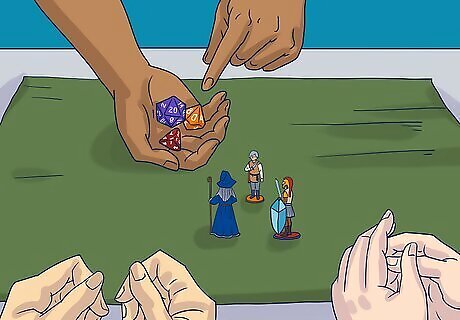
Discuss your character's long-term goals and plans with your DM. While a huge, epic betrayal might seem like a fun way to dupe your fellow party members, it might not vibe with your DM’s vision for the campaign. Instead, chat with your DM and see what is and isn’t feasible within the universe they’ve created. It’s definitely okay to spice things up in your party, but make sure that your fellow players are cool with the ideas you’re suggesting first.
Neutral Evil Character Examples
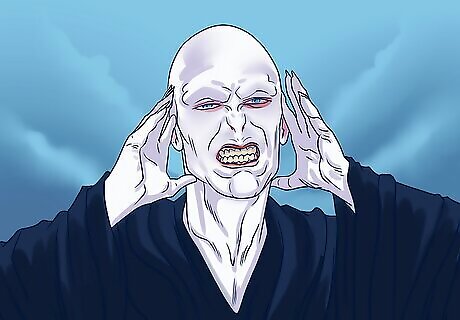
Lord Voldemort from Harry Potter The iconic antagonist from the Harry Potter franchise definitely has some Lawful and Chaotic Evil qualities to him—but at the end of the day, he’s advancing his agenda for his own sake. His motives are ultimately selfish (and rooted in evil), and he’s all about using people for his own means.
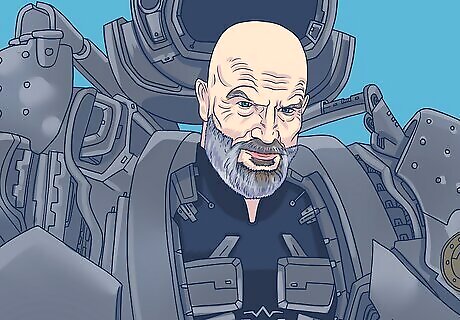
Obadiah Stane from Iron Man As the main antagonist of the first Iron Man film, Stane played nice with Tony Stark while attempting to orchestrate his death. He’s the perfect example of a character who’s willing to work within the system to accomplish his goals, like when he provided mentorship for Stark.
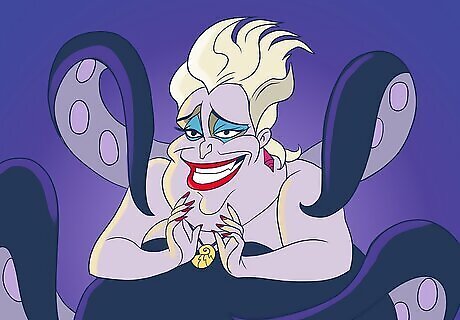
Ursula from The Little Mermaid Ursula presents herself as a “friend” of sorts to Ariel, giving her the chance to become human in exchange for her voice. In manipulating Ariel (and many mer-people before her), Ursula actually furthers her goals of overthrowing King Triton.
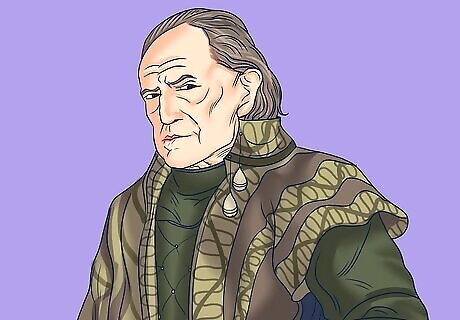
Walder Frey from Game of Thrones Walder Frey is responsible for one of Game of Thrones’ worst atrocities: the Red Wedding, where many members of the Stark family (including Robb Stark and his pregnant bride-to-be) were ruthlessly slaughtered on Frey’s orders. His motivations ultimately came from a grudge against the Starks, making his actions entirely selfish.
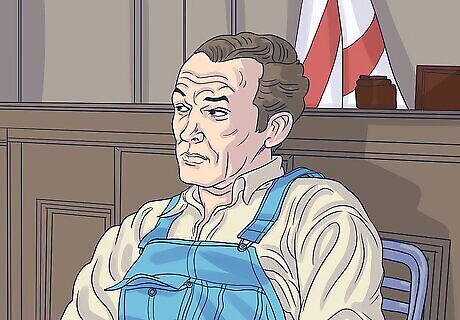
Bob Ewell from To Kill a Mockingbird In Harper Lee’s best-selling novel, Ewell was a vile racist who served as an ideological foil to the upstanding attorney Atticus Finch. Throughout the novel, he falsely accuses Tom Robinson, a black man, of a heinous crime, which ultimately leads to Robinson’s death in the novel. In retribution against Atticus, Ewell hurts Atticus’s children (which ultimately leads to Ewell’s death at the hands of Boo Radley).


















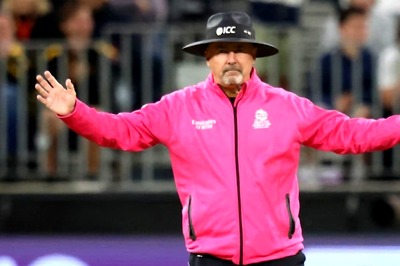

Comments
0 comment